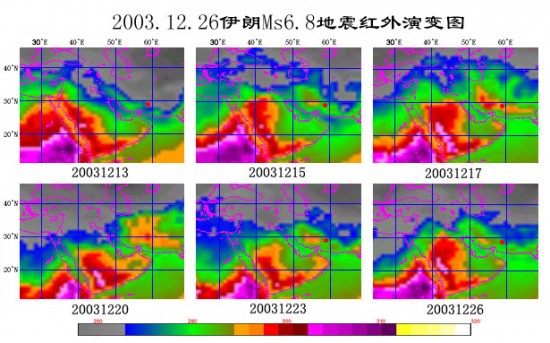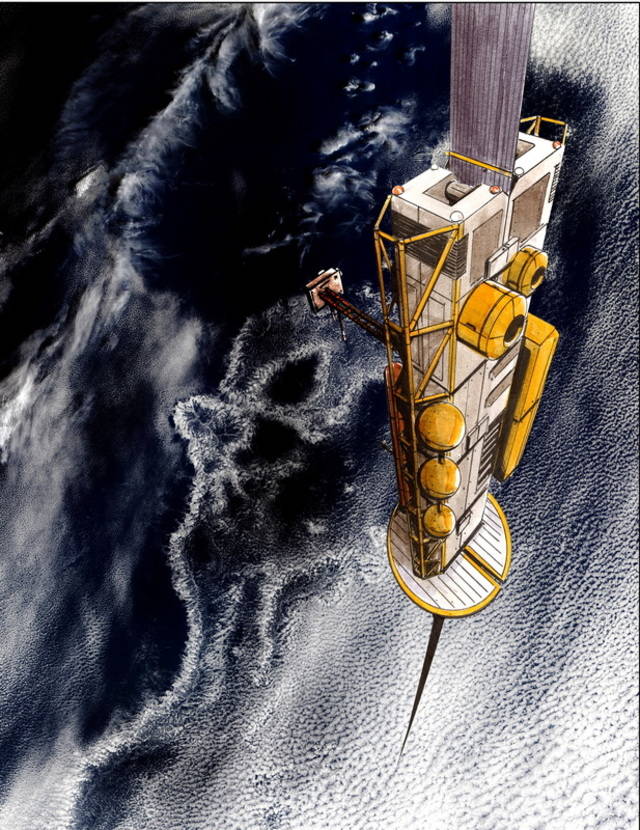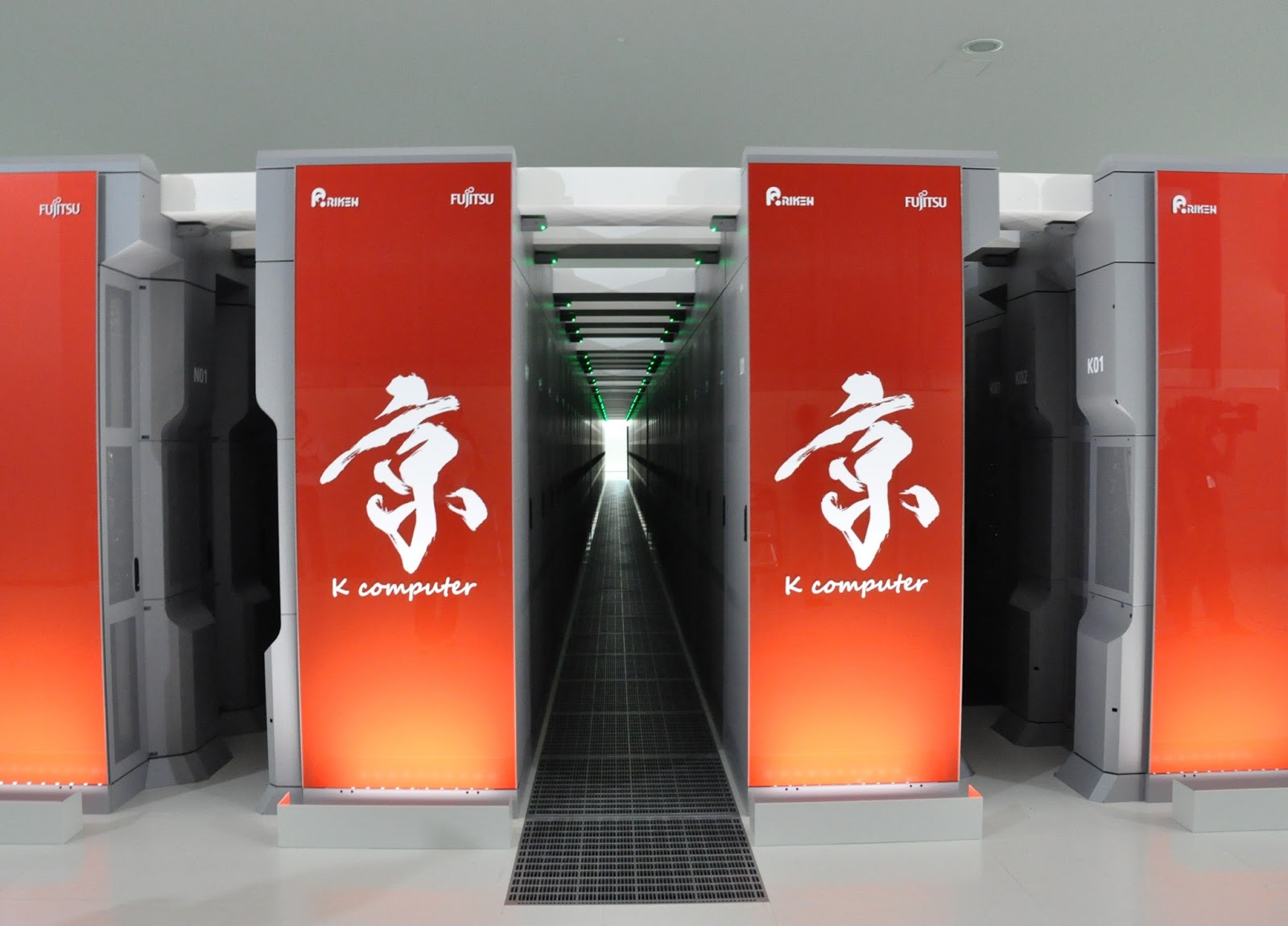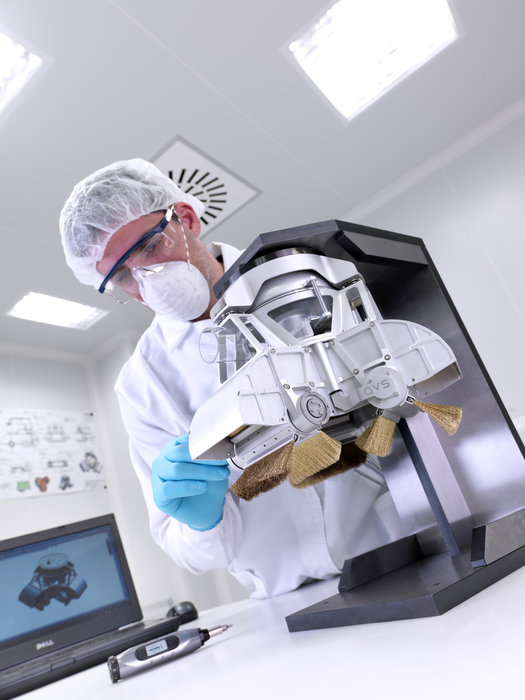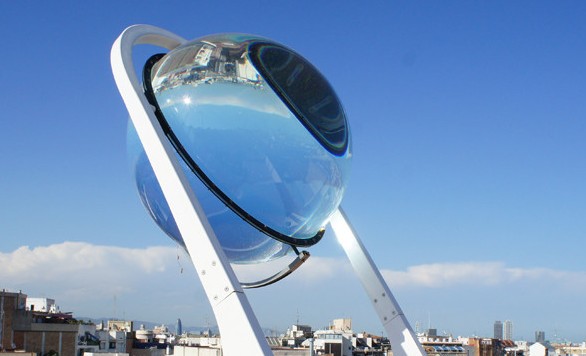An earthquake that struck the city of L’Aquila, Italy, on April 6, 2009, and took the lives of more than 300 people and left thousands homeless began the development of tools that will allow experts to warn the general public of such tragedies in the future.
Before the earthquake in L’Aquila, most of the scientific research into earthquake prediction focused on calculating the chance that a quake would strike a given region over the span of several years. It helped draft building codes and write down emergency plans, but did little to help citizens and local officials faced with deciding whether to evacuate their communities. Knowing you’re at major-risk doesn’t help. You need to know when that risk becomes a reality.
How do you quantify the risk? Warner Marzocchi created a computer model to predict the risk of aftershocks. By producing colored probability maps, rating the regions around the city according to the chance that they would be struck again, his predictions turned out to be strikingly accurate; the recorded aftershocks largely occurred in the areas where he expected them.
When turned back in time, the earthquake in L’Aquila was preventable, if using the same model according to the recorded tremors before the major earthquake struck, it would have been able to foresee the disaster, or at least raise the alarm level on before it actually happened, maybe saving quite a few lives.
In the United States, the U.S.Geological Survey has begun to try to quantify the risk of earthquakes over a 24-hour period. Japan has launched a similar effort. The projects are all in early stages. Models still need to be further developed and tested. Still not ready for accurate use, these efforts point to a future with a more informed public regarding the dangers he might be facing, eventually knowing better how to avoid certain risks and in general be safer.
You can also try building an earthquake detector on your own. If you’re that kind of person, you should take a look at this.

